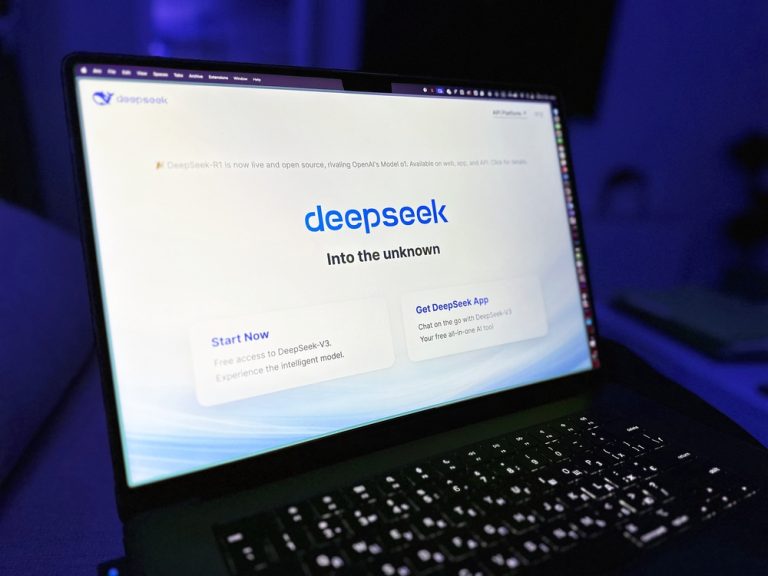Potential Changes on the Horizon: Florida Legislature Proposing Significant Tort Reform
Potential Changes on the Horizon: Florida Legislature Proposing Significant Tort Reform
The 2023 Session of the Florida Legislature will involve a number of significant proposed bills, including House Bill 837 which, among other issues, seeks to bring balance and transparency to tort litigation.
On February 24, 2023, the bill was presented before the House Civil Justice Subcommittee where various amendments seeking to limit the bill’s impact did not pass. If passed, the bill provides an effective date of July 1, 2023 and will be applied prospectively.
The current proposed version of HB 837 includes the following provisions:
- Reducing the statute of limitations for general negligence cases from four years to two years;
- Changing Florida’s comparative negligence system from a “pure” comparative negligence system to a “modified” one under which a plaintiff who is more than 50 percent at fault for his or her own injuries is barred from recovering any damages; and
- Encouraging transparency regarding damage awards by eliminating “phantom” medical expenses and providing uniform standards to assist juries to more accurately calculate the value of past and future medical expenses.
HB 837 will have significant implications for tort litigation in Florida, and we will be keeping a close eye on any updates or changes to the bill as it moves through the legislative process.
Below is a brief summary of the current proposals regarding statute of limitations, comparative fault, and medical damages.
Statute of Limitations
Currently, with limited exceptions, Florida Statute § 95.11 (“Limitations of Actions”) provides a four year statute of limitations for actions founded on negligence.
HB 837 would amend Section 95.11 to reduce the statute of limitations for negligence actions to two years. In doing so, Florida would join 44 other states which have negligence statutes of limitations of less than four years.
Negligence Standard: From Pure to Modified
Florida currently applies a “pure comparative” fault standard. Under the current standard, the jury apportions fault among the responsible parties and the plaintiffs’ damages are proportionally reduced based upon their percentage of liability.
In an effort to limit recovery by plaintiffs who are the majority at fault for causing their own injuries, under HB 837, any party to a negligence action that is found to be more than 50% liable for his or own harm is barred from making a recovery for damages. In adopting this provision, Florida would join 34 other states who have a modified comparative negligence standard.
Medical Damages
In recognition that medical damages can be manipulated and are often inflated and do not accurately reflect the actual costs, HB 837 proposes some significant changes.
First, HB 837 seeks to amend the Florida Evidence Code creating an exception to the attorney-client privilege relating to a lawyer’s referral of a client to a medical provider. This proposal would allow admission of the fact that a plaintiff’s lawyer referred the client to particular doctors or medical practices into evidence. Currently, that information is considered privileged and inadmissible.
Additionally, HB 837 proposes the creation of a new statutory provision (Florida Statute § 768.0427) which requires certain disclosures of information and establishes a uniform process for the calculation of medical damages in personal injury actions.
Under the proposed bill, a party would only be able to present evidence of medical expenses in the amount actually paid for the services, not the original billed amount which is often artificially-inflated.
Required Disclosure of Letters of Protection, Third Party Factoring and Health Coverage
One of the more popular ways to inflate medical billing is the use of letters of protection. A letter of protection is a contract between a medical provider and injured party where the provider agrees to administer treatment and care on credit, with the understanding that they will be paid if and only the lawsuit is resolved. Plaintiffs will often times use letters of protection to place excessive medical bills in front of a jury, claiming the figures to be reasonable and necessary just to negotiate these figures down to 50-75% below the billed amounts once a settlement has been reached. Under current Florida law, courts are not permitted to reduce awards for bills not yet paid, allowing letters of protection to “prop-up” unrealistic medical charges.
In an effort to improve transparency in medical damages, HB 837 would require an injured party who seeks medical treatment under a letter of protection to disclose the following for the determination of damages:
- A copy of the letter of protection;
- All billings for the rendered medical expenses, which must be properly itemized with CPT codes in effect for the year the services are rendered;
- If the provider sells the accounts receivable to a third party or factoring company, the name of the third party and the dollar amount for which the third party purchased the accounts;
- Whether the injured party had health care coverage at the time of treatment, and the identity of such coverage; and
- Whether the injured party was referred for treatment under a letter of protection and, if so, the identity of the person who made the referral.
Evidence and Calculation of Past and Future Medical Damages
HB 837 also seeks to limit the scope of evidence that is admissible to prove the amount of damages for both past and future medical treatment.
Past medical care
For past medical care that has been paid by insurance, evidence would be limited to the amount paid for the medical expenses. The evidence to prove past medical care that has not been paid depends on whether the plaintiff has insurance, Medicare or Medicaid, or no insurance:
- If the party has insurance, evidence is limited to the amount the insurer is required to pay the medical provider in satisfaction of the treatment.
- If the party has insurance but opts to treat under a letter of protection, evidence is limited to the amount the insurer would have paid under the policy if the party utilized their insurance would be admissible.
- If the party has no insurance, evidence is limited to the Medicare reimbursement rate at the time of trial. If there is no Medicare reimbursement rate exists for the services, the admissible amount is 140% the state Medicaid rate.
- If the party treats under a letter of protection and that bill is sold to a third party, the amount is limited to what the third party paid to purchase the bill.
Future medical care
Evidence relating to future medical treatment would be handled in a similar fashion. In a case where the party has insurance, evidence of the amount the insurer would be required to pay the medical provider in satisfaction of the treatment is admissible. If the party is without insurance, evidence of the Medicare reimbursement rate at the time of trial for such treatment is admissible; if there is no applicable Medicare rate for the future treatment at issue, 140% of the applicable state Medicaid rate amount is admissible.
Under the proposed bill, an award for damages may not exceed:
- The amount actually paid by or on behalf of the injured party to the medical provider regardless of who paid;
- The amount necessary to satisfy charges for medical services that are owed or not yet satisfied at the time of trial; and
- The amount necessary to provide for any reasonable and necessary future medical treatment.
In other words, the amount of damages that can be awarded at trial will be limited to the actual costs of past and future medical treatment, not inflated, illusory charges.










